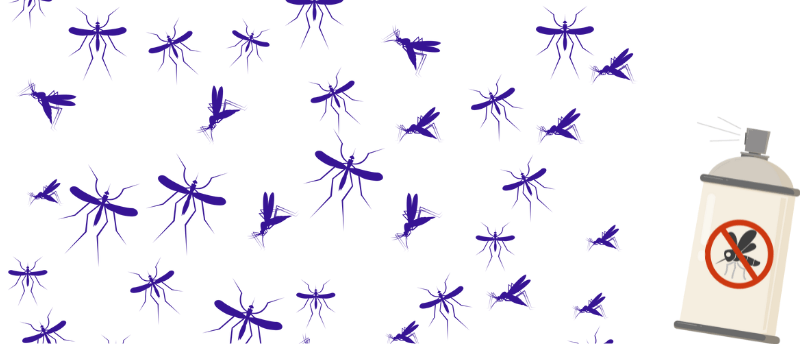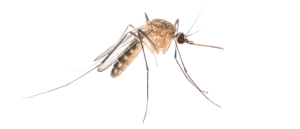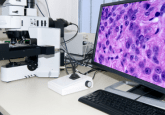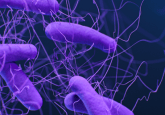Blood-infused hydrogel deceives mosquitoes in behavior studies

A 3D-printed blood-infused hydrogel patch could eliminate the need for live volunteers to study how mosquitoes transmit disease.
Mosquitoes might be small, but they most certainly are mighty with their ability to transmit deadly diseases, such as malaria, Zika, yellow fever and West Nile virus, which cause more than 700,000 deaths per year. Mosquito saliva is thought to play a critical role in how they transmit these diseases; however, the process through which this is achieved is poorly understood.
Studying how mosquitoes feed is challenging and relies on live mice or human participants, which is costly. A collaboration by researchers at Tulane University (LA, USA) and Rice University (TX, USA) has developed a strategy with hydrogels – a hydrophilic polymer network – and machine learning to study how mosquitoes feed.
The hydrogel patches are 3D printed with a blood vessel pattern that enables blood to flow through the area and entice the mosquitoes to feed. This bioprinting technique was developed by researchers at Tulane University’s School of Public Health and Tropical Medicine, a place where more than 1,000 mosquitoes are born each week!
 Mosquito saliva may hold the answers to tropical disease vaccine development
Mosquito saliva may hold the answers to tropical disease vaccine development
A molecule in mosquito saliva has been identified as a potential vaccination target, providing protection against viruses that cause Dengue and Zika.
In this study, the hydrogel patch was infused with blood and placed in a chamber with cameras to enable the automatic collection of video data. The researchers then used machine learning computer vision techniques to automate the analysis of the recorded video data and identify feeding patterns. This tracked and sorted common bite locations and how long it took the mosquitoes to feed.
The researchers used this setup to test the effectiveness of DEET (or, for the organic chemists out there, N, N-Diethyl-meta-toluamide), a commonly used active ingredient in mosquito-repellent products. They also tested a plant-based repellent made from lemon eucalyptus oils. They found that both of these repellents were effective at deterring mosquitoes from the temptation to sip a bit of blood from the hydrogel, although DEET was slightly more effective.
The researchers reported that the hydrogel skin patch produced a more consistent test area than live subjects and has the potential to eliminate the need to use mice or human participants when studying mosquito behavior. They also added that this hydrogel system is inexpensive in comparison to current methods and could give labs previously unable to afford it the opportunity to carry out tests with mosquitoes.
“It’s a huge game changer,” said Dawn Wesson (Tulane University), the co-corresponding author of the study. “If we can study how they [mosquitoes] feed, what they do in the process of feeding, we can better understand their potential for transmitting diseases and possibly do things to stop them from feeding.”





